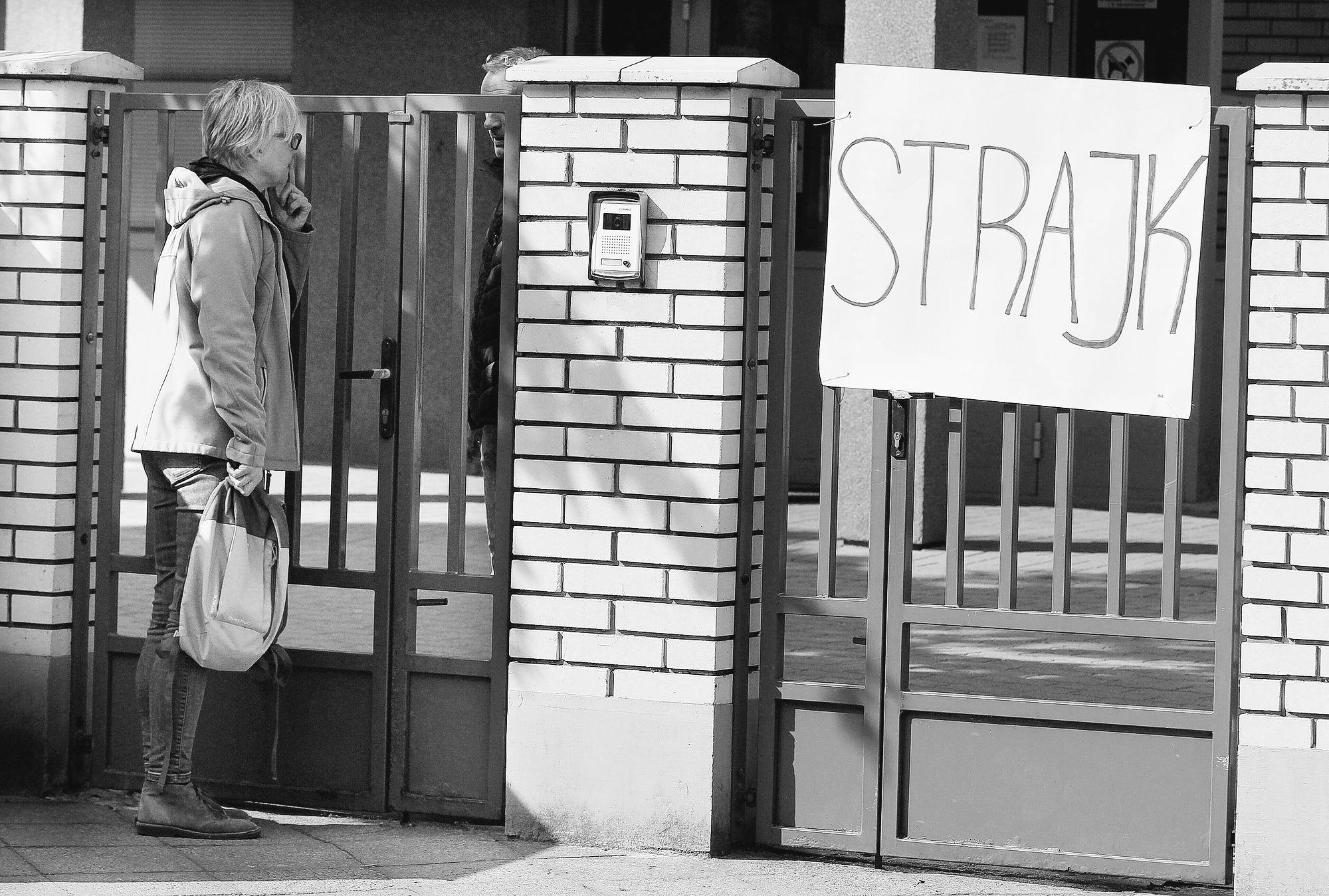
A far-right party made strong gains in a pair of state elections in eastern Germany on Sunday, but mainstream opponents appeared set to salvage their position as the strongest parties in both regions, projections indicated.
Voters in Saxony, a region of around 4.1 million people bordering Poland and the Czech Republic, and neighboring Brandenburg, which has 2.5 million inhabitants and surrounds Berlin, elected new state legislatures.
All eyes were on the performance of the far-right Alternative for Germany, or AfD, which is strongest in the ex-communist east, and on how badly Germany’s governing parties would perform after a rough 18 months for Chancellor Angela Merkel’s coalition in Berlin. A symbolically important AfD win in either state could have further destabilized the national government.
“The good signal in both states is that a few weeks ago the far-right was ahead, and today there was a clear signal against AfD,” said Lars Klingbeil, the general secretary of the center-left Social Democrats — Merkel’s junior partners in Berlin. “People don’t want AfD to be the strongest party there, but nevertheless it is a task for all democratic parties to see how we push them back. These election results are much too high.”
Alice Weidel, a leader of AfD in the national parliament, declared it “a great success.”
Projections for ARD and ZDF public television, based on exit polls and partial counting, suggested that the governing parties performed better than pre-election polling predicted. However, both lost ground compared with the last state elections in 2014 — before the migrant influx that boosted AfD’s support and helped it into Germany’s national parliament in 2017.
They showed Merkel’s center-right Christian Democratic Union winning up to 33.5% of the vote in Saxony, which they have governed since German reunification in 1990, down from 39% five years ago. AfD was predicted to win up to 27.5%, which would be its best performance yet in a state election and compares with 9.7% five years ago.
In Brandenburg, the Social Democrats were seen winning around 27% of the vote, down from 31.9% five years ago. They have led that region since reunification. AfD was seen winning up to 24%, up from 12.2% in 2014.
The environmentalist Greens, who have traditionally struggled in the east but have surged over recent months in national polls, were seen making fairly modest gains in both states. They may be needed to govern both states.
Merkel’s CDU and Social Democrats govern Germany together in a fractious national coalition. In Saxony and Brandenburg, they face a potentially tricky search for new partners, as the coalitions both lead were on track to lose their majorities. The CDU currently runs Saxony with the Social Democrats as its junior partner. The Social Democrats lead Brandenburg in a coalition with the Left Party, which is further to their left.
Mainstream parties have pledged not to form coalitions with AfD.
Saxony has long been a hotbed of far-right groups. It is not only a stronghold of AfD, but also the state where the anti-migration group PEGIDA —Patriotic Europeans against the Islamization of the West — rose to prominence with weekly protests in Dresden that brought tens of thousands of supporters into the streets at the height of the 2015 migration crisis.
Following the killing of a German man by a Syrian asylum-seeker a year ago, the Saxon city of Chemnitz saw days of anti-foreigner riots by thousands of neo-Nazis and members of AfD.
AfD has tapped into disillusionment, particularly in rural areas, among people who feel left behind after nearly three decades of German unity. Promises of equal living standards did not always become reality, salaries in the east still lag behind those in the west and many young people have left to seek opportunities elsewhere.q



















